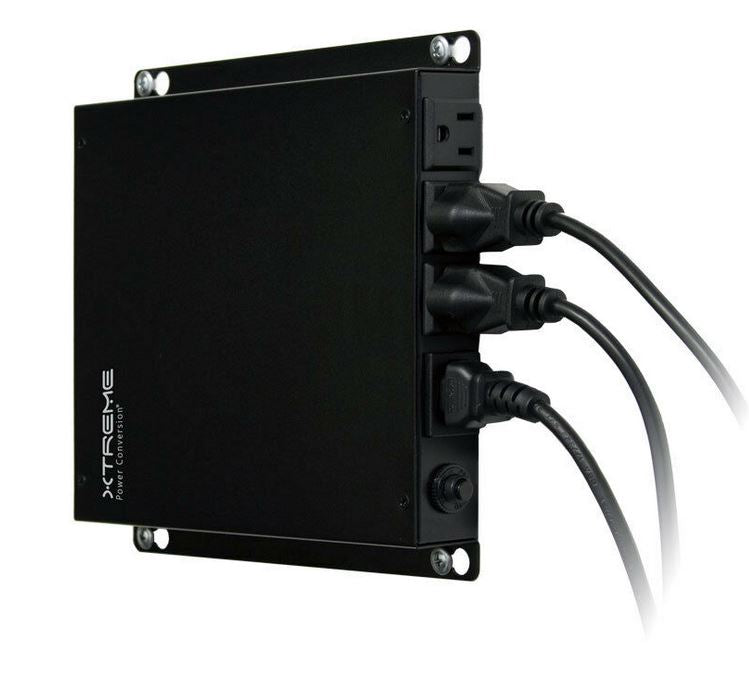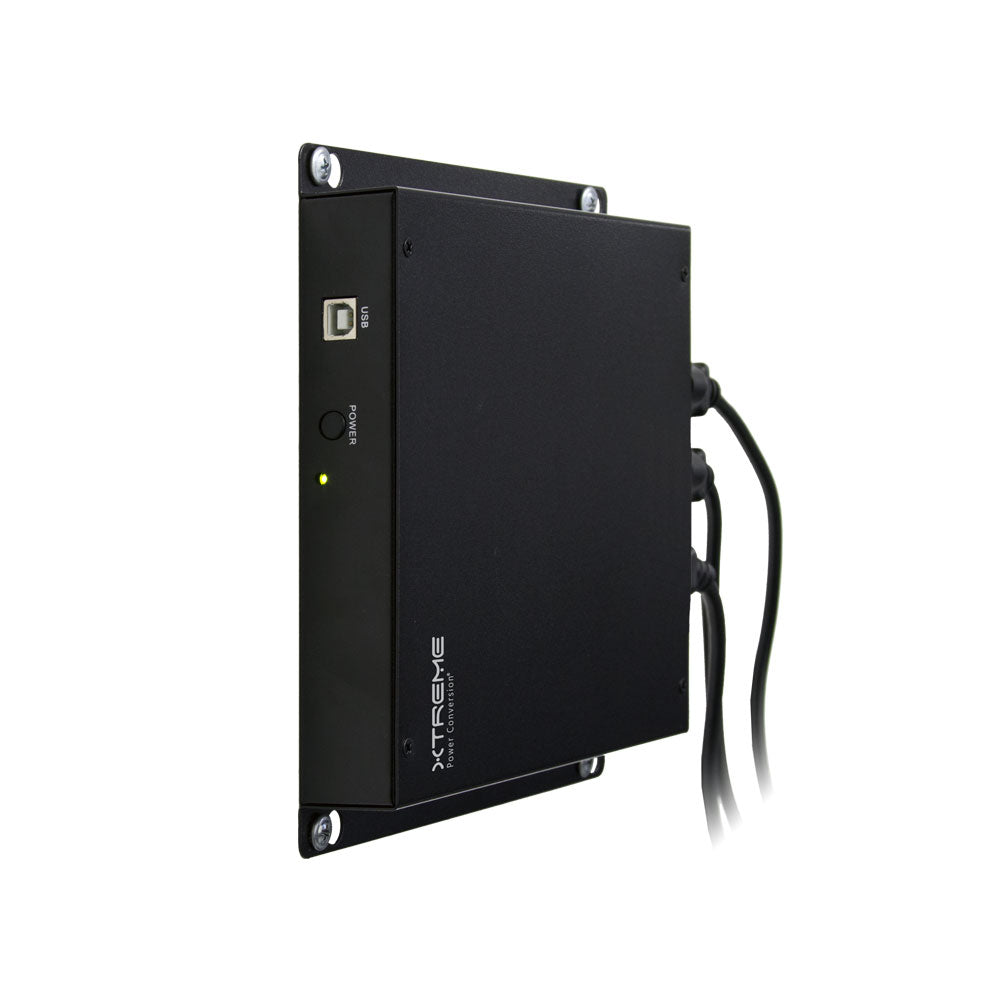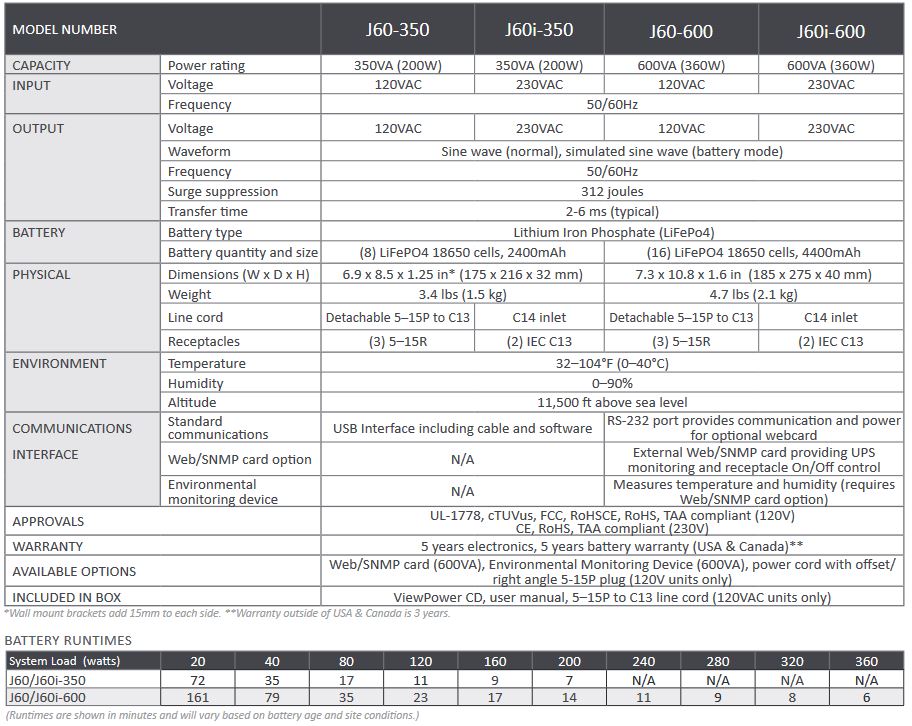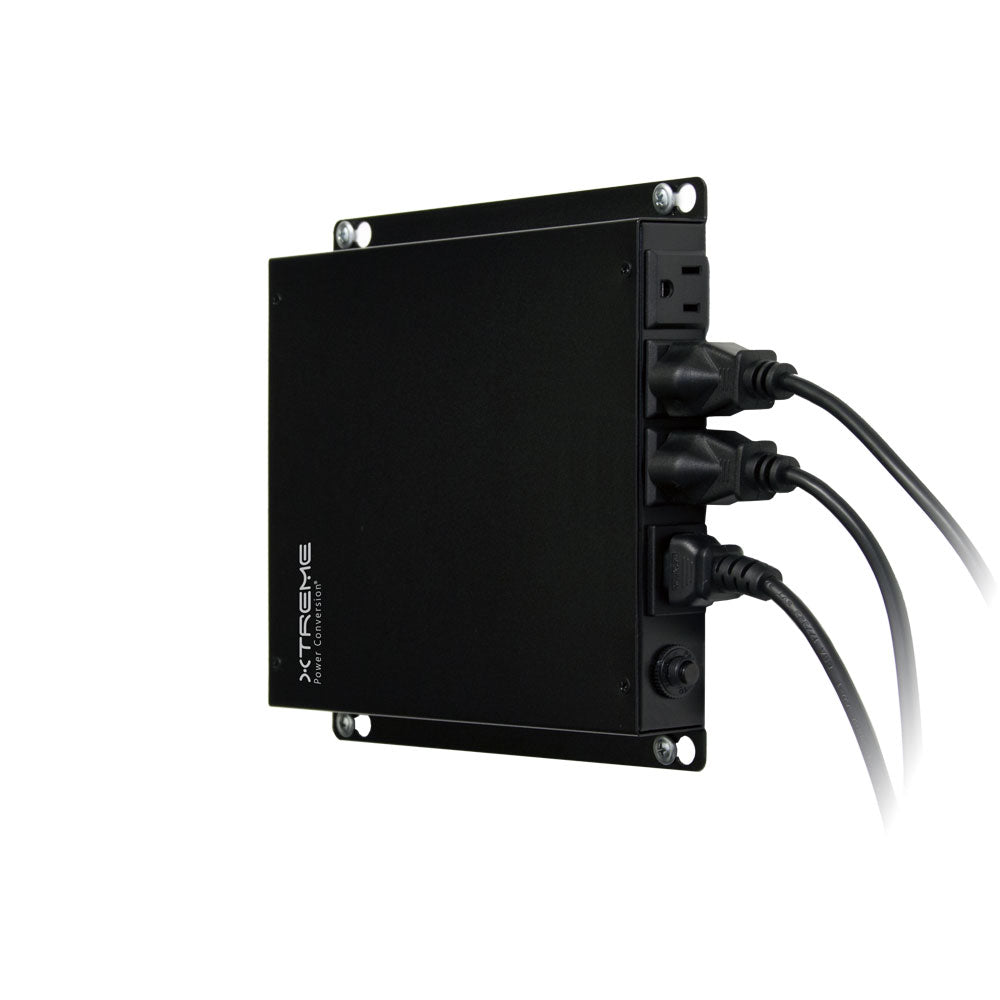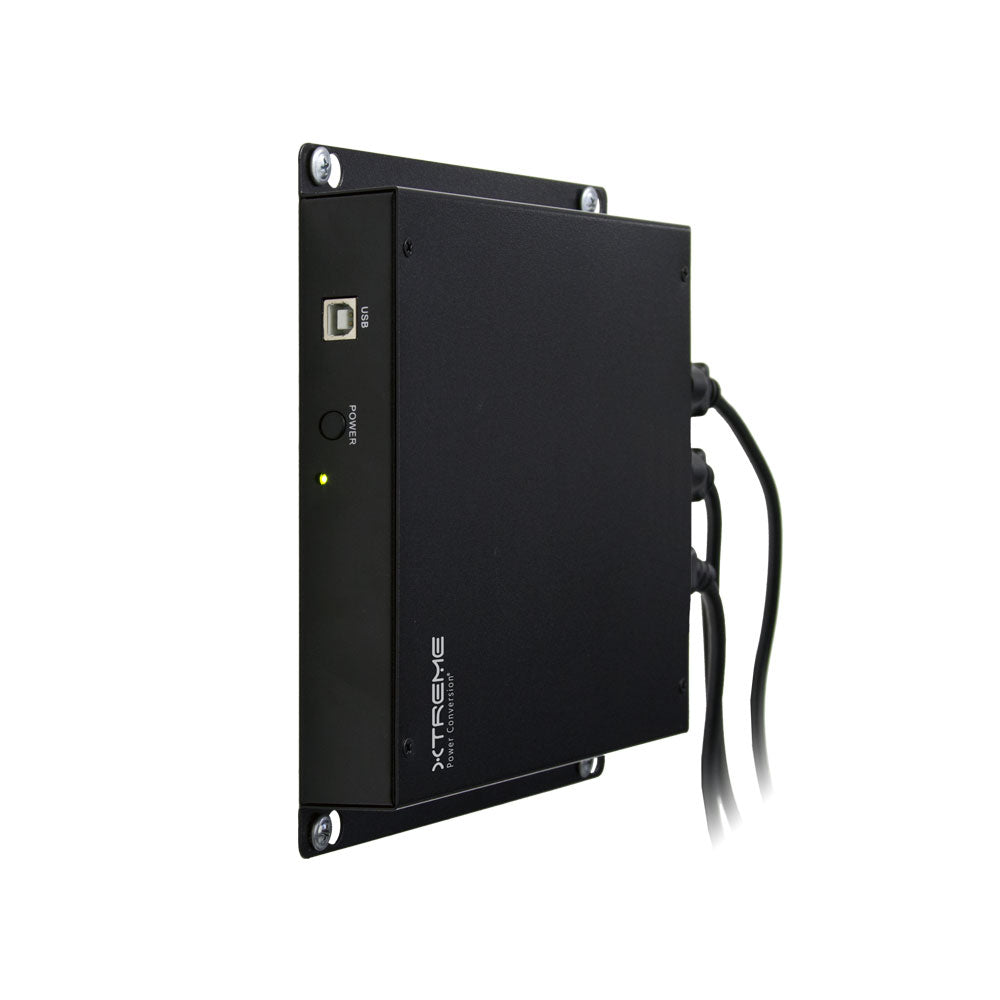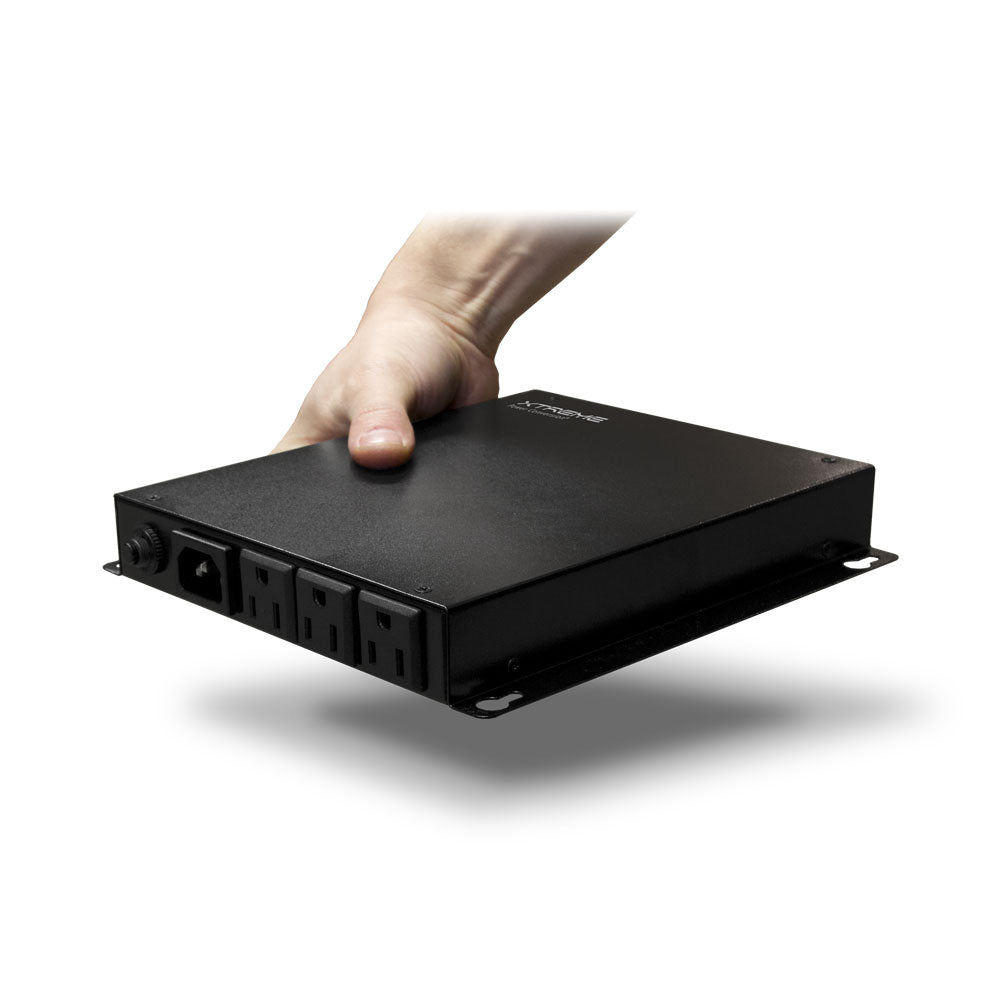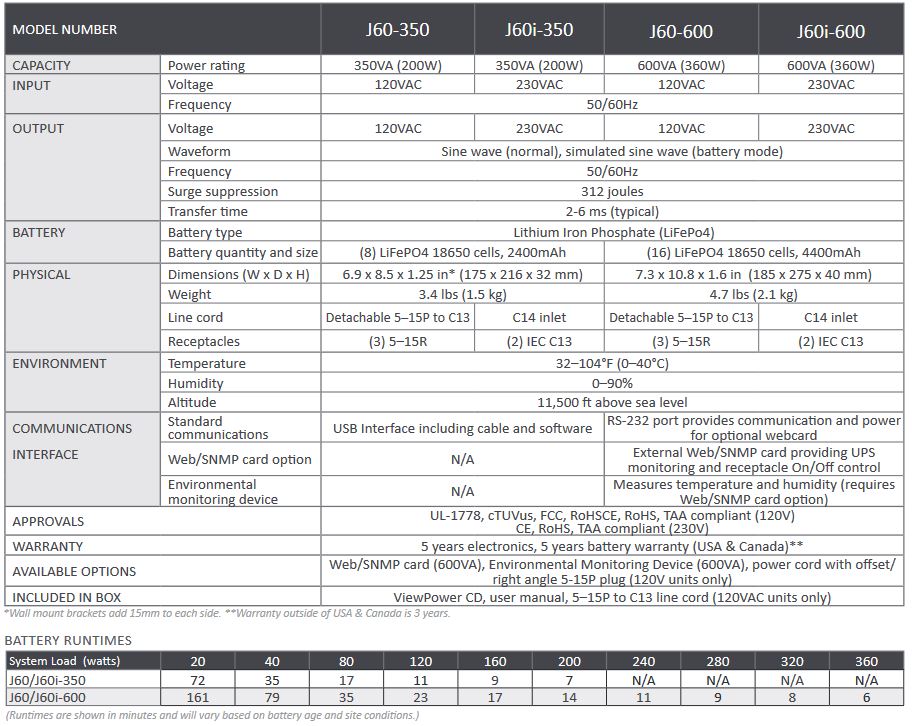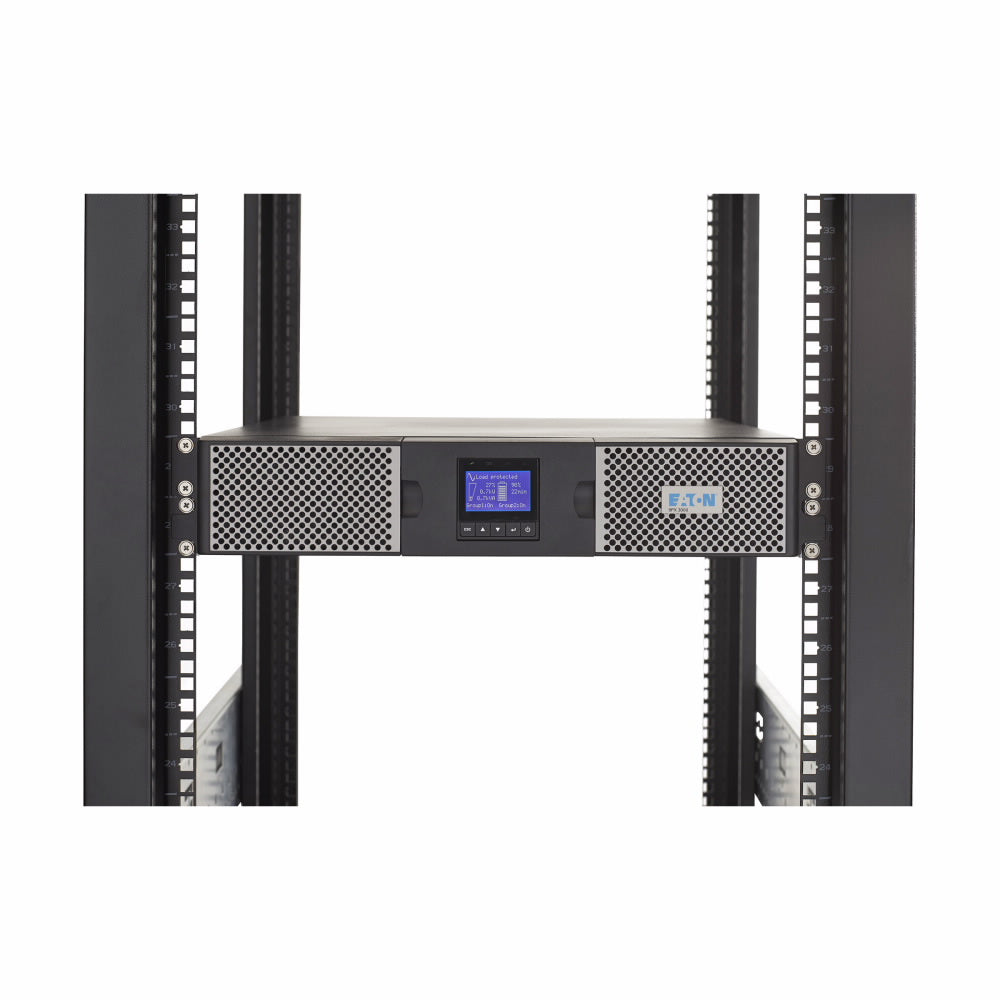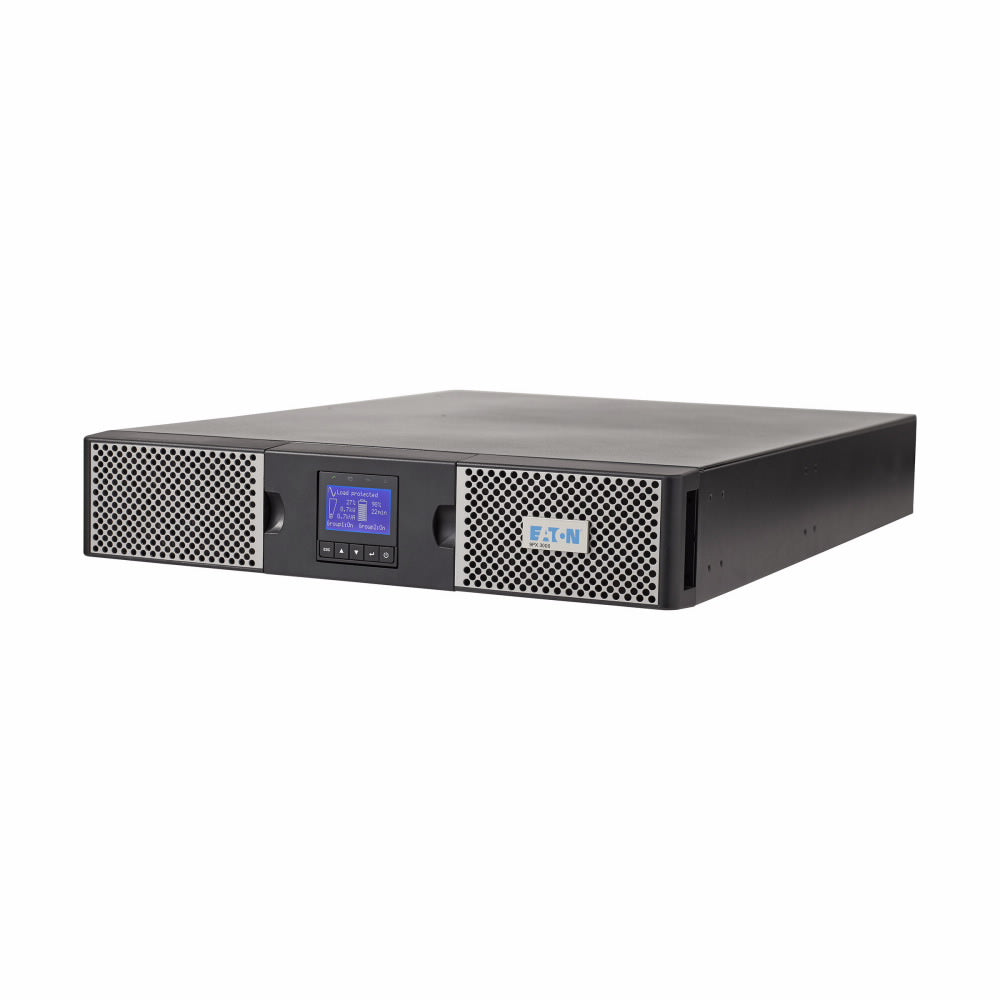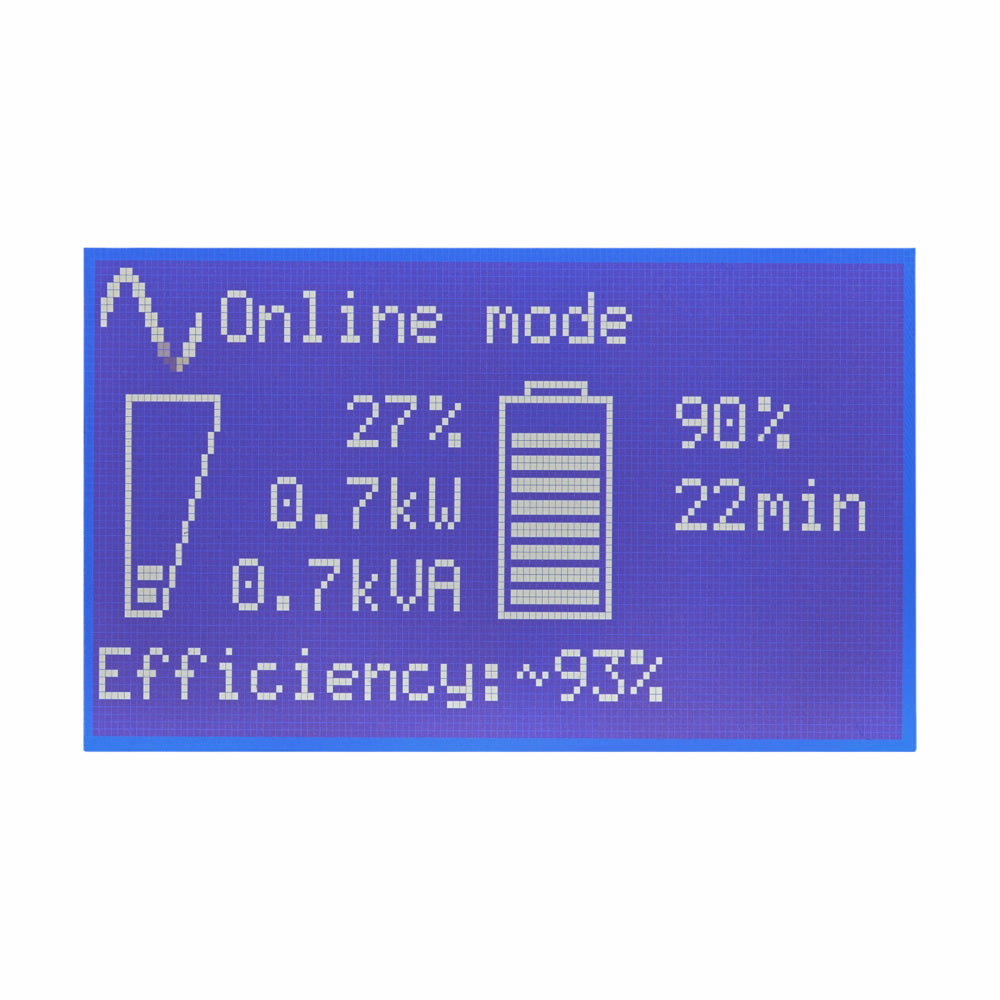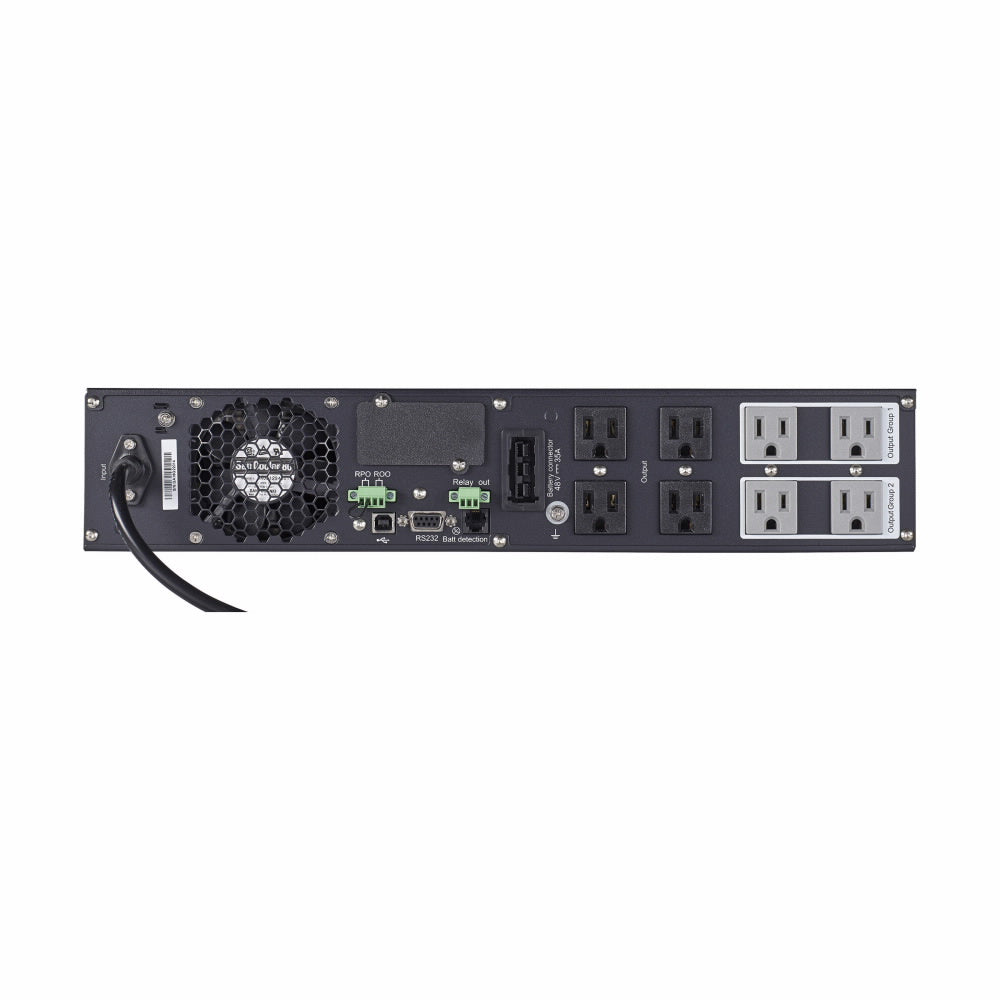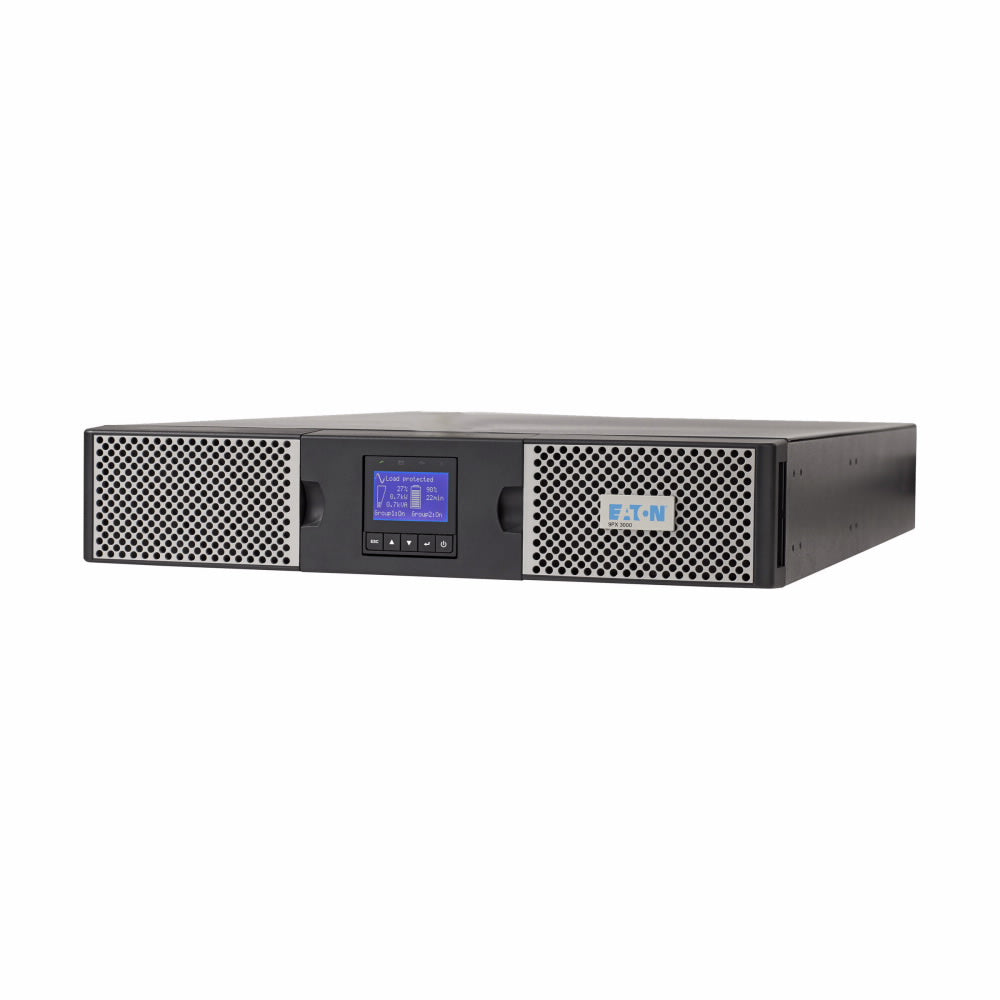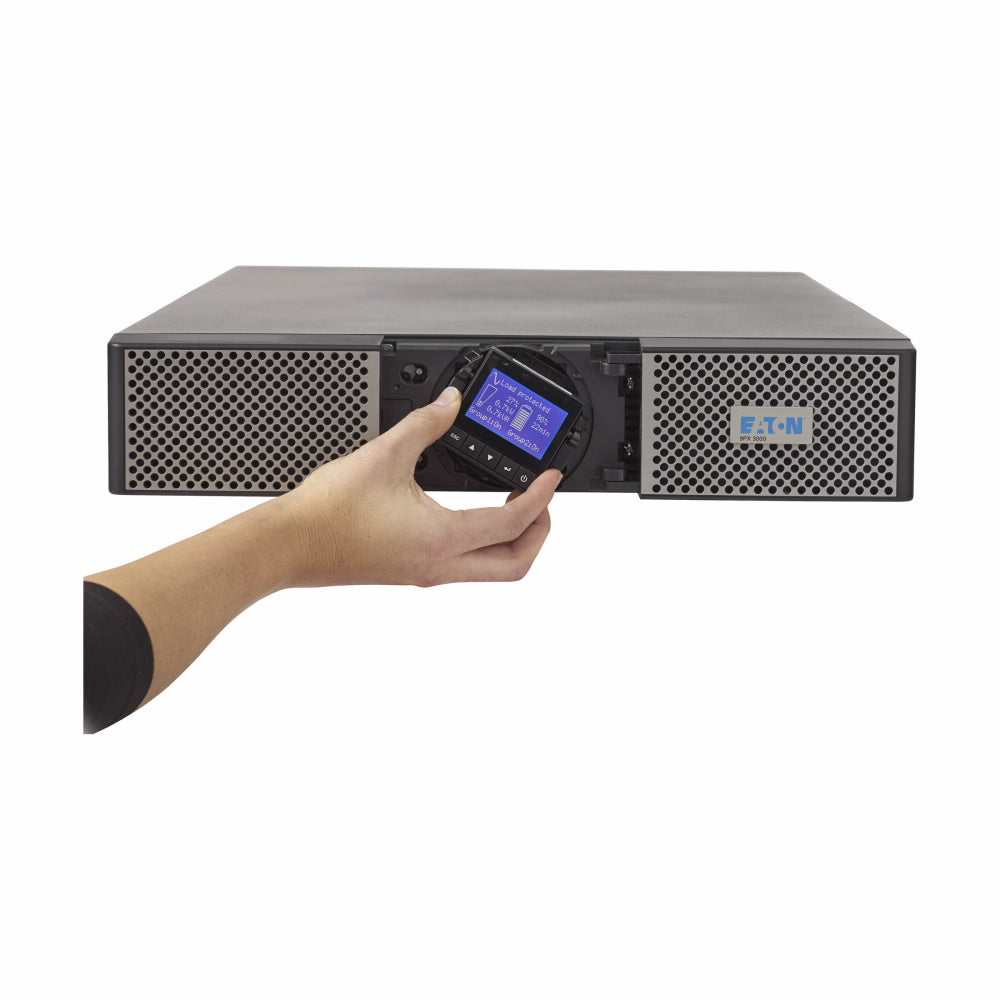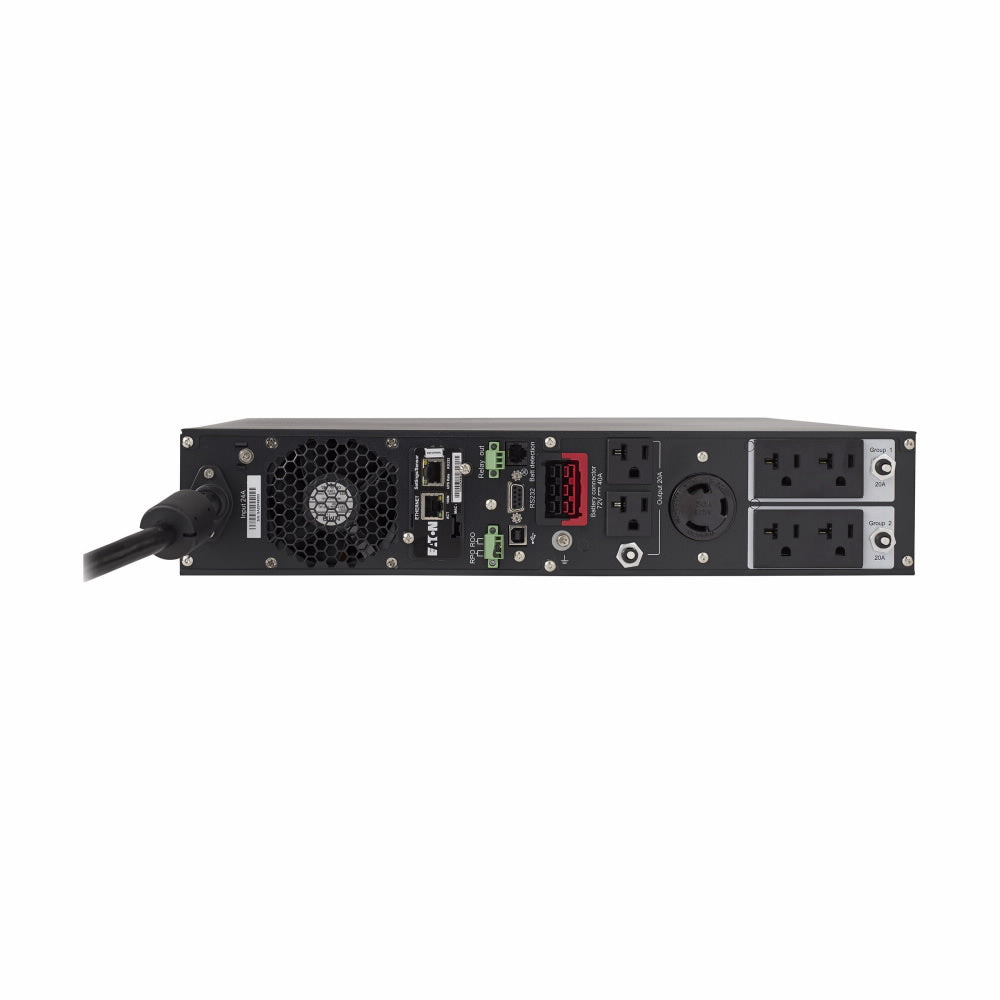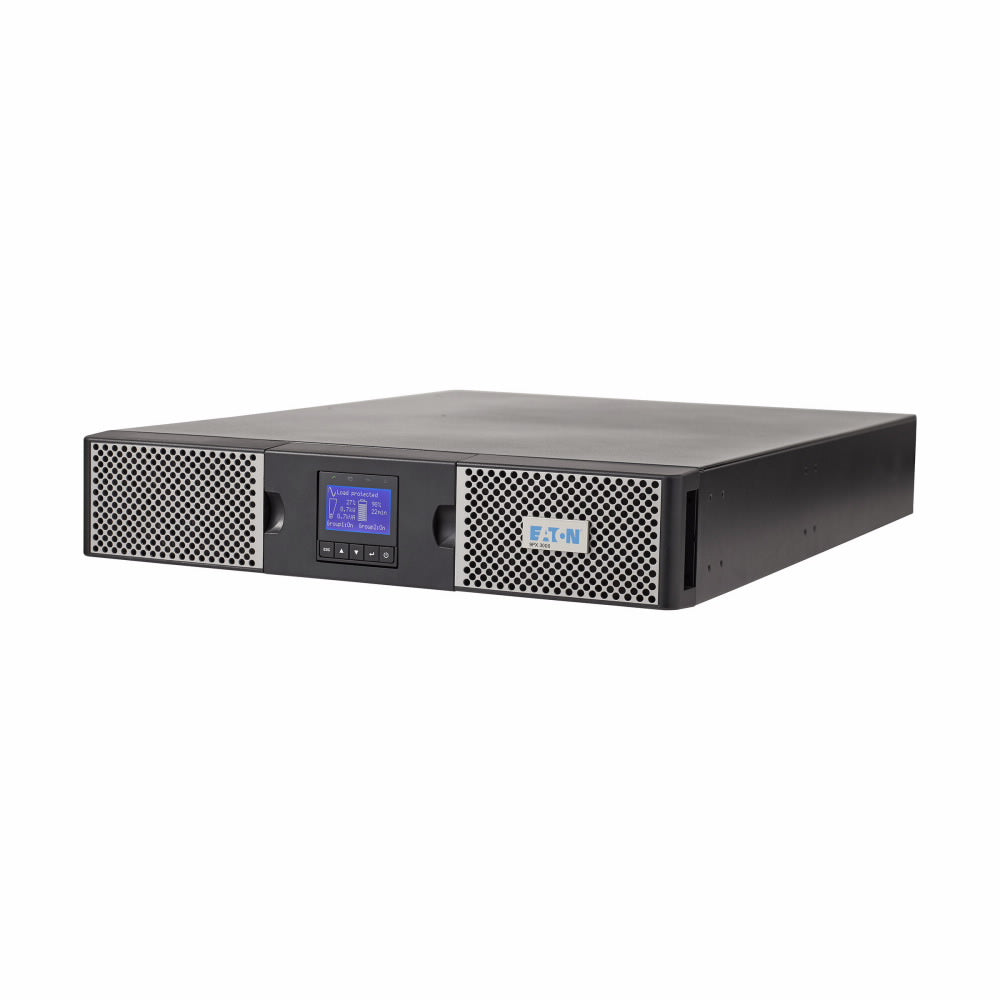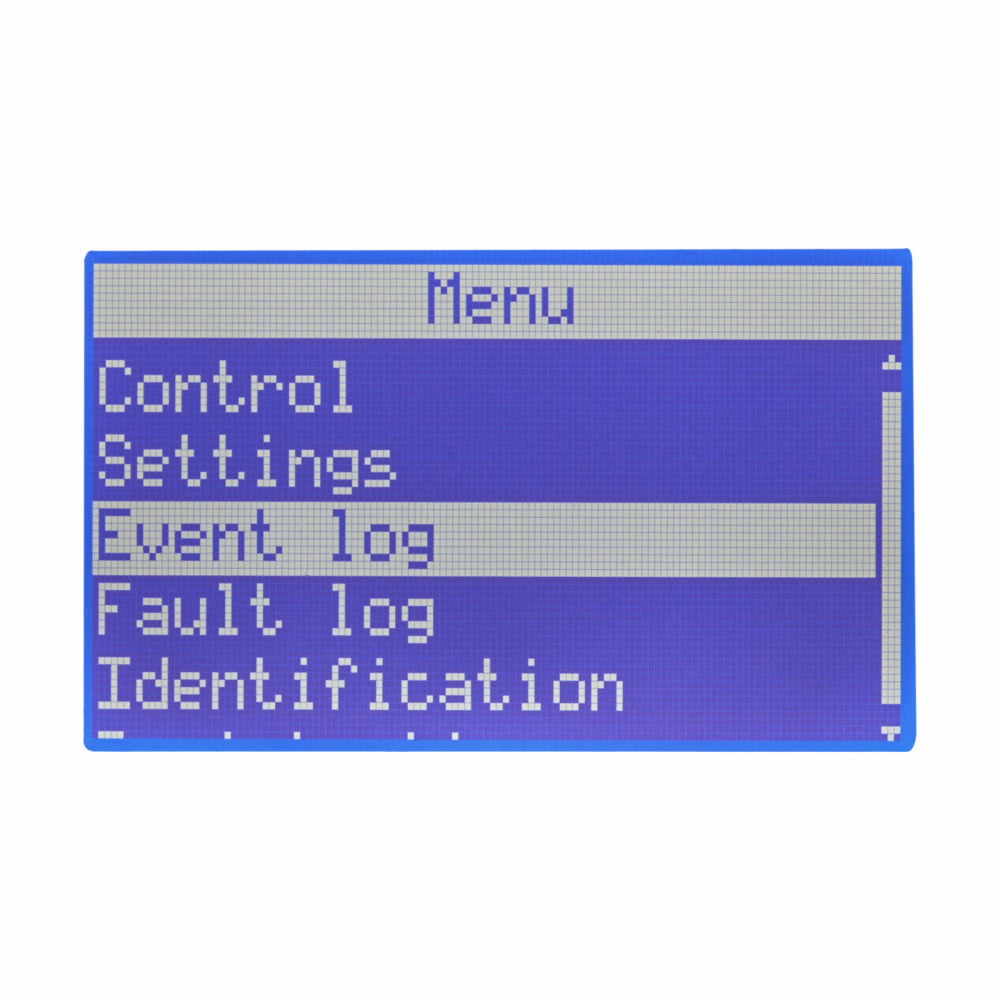Ensuring the reliability and efficiency of critical systems like Uninterruptible Power Supply (UPS) is important. Often operating behind the scenes, UPS systems serve as a safety net, safeguarding essential equipment from power disruptions and keeping your business productive. However, like any technology, UPS systems require periodic evaluation and, in some cases, replacement or upgrades to maintain optimal performance. So, when is it time to consider replacing or upgrading your UPS system? Here are the ways you can recognize:
- Age: Much like other electronic devices, UPS systems have a lifespan. While quality systems can endure for a decade or more, older units may experience diminishing efficiency and reliability. If your UPS system is approaching or exceeding its expected lifespan, it's prudent to assess its performance and consider a replacement or upgrade.
- Capacity: Businesses’ needs evolve over time, often requiring increased power capacity to support additional equipment or expanded operations. If your current UPS system struggles to meet escalating power demands or operates near its maximum capacity, it may be time to upgrade to a higher-capacity model to ensure continued reliability and scalability.
- Technology Advancements: The field of power protection is continuously progressing, with manufacturers introducing innovative features and advancements to enhance UPS performance and efficiency. Upgrading to a newer model can offer benefits such as improved energy efficiency, enhanced battery life and advanced monitoring and management capabilities, empowering businesses to optimize power protection strategies.
- Maintenance Challenges: Frequent breakdowns, escalating maintenance costs, or difficulty sourcing replacement parts for aging UPS systems can signify the need for a replacement. While routine maintenance is essential for prolonging UPS lifespan, excessive maintenance requirements may indicate that the system is reaching the end of its operational viability.
- Changes in Infrastructure: Upgrades or changes to your IT infrastructure, such as server consolidation, virtualization initiatives, or data center relocation, can impact UPS requirements. It's essential to reassess your UPS system in light of these changes to ensure alignment with current infrastructure needs and to prevent potential vulnerabilities or inefficiencies.
- Regulatory Compliance: Compliance requirements, such as those outlined in industry standards or regulations, may necessitate upgrades or replacements to ensure adherence to mandated guidelines. Failure to comply with regulatory requirements could result in penalties or compromise operational integrity, underscoring the importance of maintaining UPS systems in line with regulatory standards.
- Risk Mitigation: UPS systems play a critical role in mitigating the risk of data loss, equipment damage, and operational downtime in the event of power disturbances. Assessing the potential impact of UPS failure on business operations and continuity can help determine whether replacement or upgrades are warranted to enhance resilience and risk mitigation capabilities.
In conclusion, proactive evaluation and planning are essential to determining when it's time to replace or upgrade your UPS system. By considering factors such as age, capacity, technological advancements, maintenance challenges, infrastructure changes, regulatory compliance, and risk mitigation requirements, businesses can make informed decisions to ensure the reliability, efficiency, and continuity of their power protection strategies in an ever-evolving landscape.
Have a question or need help finding a system that works best for you? Contact us here
Need a replacement battery for you system? Check out this link




